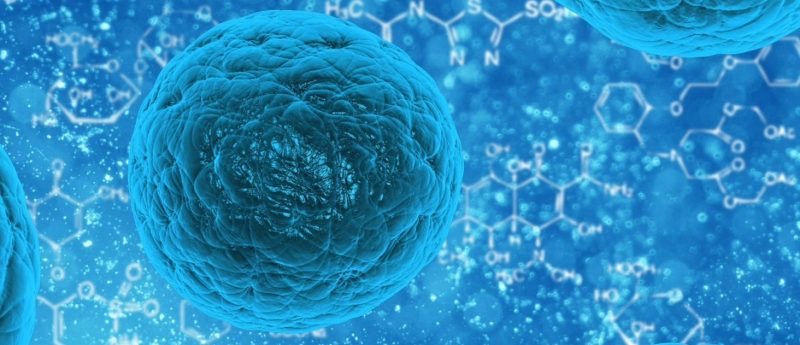Extending the pluripotency of stem cells

A group from the Salk Institute have developed a chemical cocktail to generate both embryonic and extra-embryonic tissues from mouse and human stem cells.
Researchers from the Salk Institute (CA, USA) in collaboration with scientists from Peking University (China) have discovered a novel technique for the generation of both embryonic and extra-embryonic tissues from cultured mouse and human stem cells.
Pluripotent stem cells (PSCs), while possessing the ability to generate all adult cell types, are limited with regard to their ability to produce extra-embryonic tissues in vivo. Totipotent stem cells however have the ability to develop into extra-embryonic tissues that support the embryo such as the placenta.
The team screened for chemical compounds that support pluripotency and discovered treating human and mouse PSCs with a simple cocktail of four chemicals and a growth factor leads to the production of extended pluripotent stem (EPS) cells which possess the ability to form either embroyonic or extra-embryonic tissues and importantly have an enhanced chimeric competency.
“The discovery of EPS cells provides a potential opportunity for developing a universal method to establish stem cells that have extended developmental potency in mammals,” stated Jun Wu (Salk Institue), joint first author of the paper. “Importantly, the superior interspecies chimeric competency of EPS cells makes them especially valuable for studying development, evolution and human organ generation using a host animal species.”
The group previously developed the first human-pig chimera embryos using a novel blastocyst complementation platform involving CRISPR/Cas9 genome editing tools. It is believed that combining this technology with these human EPS cells, holds great promise for the growth of human organs in pigs.
“We are now testing to see whether human EPS cells are more efficient in chimeric contribution to pigs, whose organ size and physiology are closer to humans,” stated Wu.
Sources
Yang Y, Liu B, Xu J et al. Derivation of pluripotent stem cells with in vivo embryonic and extraembryonic potency. Cell. 169(2), 243-257.e25 (2017); http://www.salk.edu/news-release/salk-scientists-expand-ability-stem-cells-regrow-tissue-type/